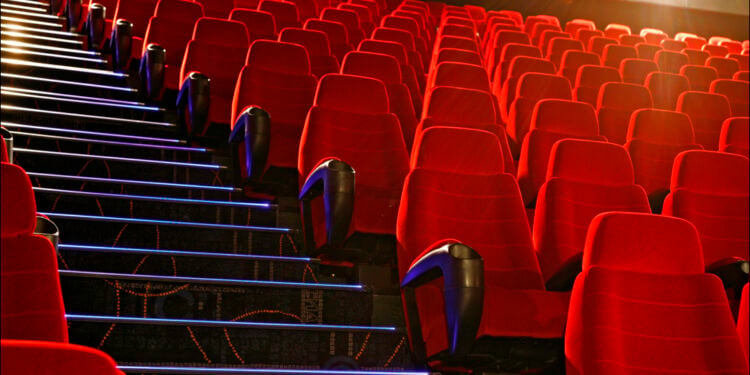Rated PG-13
132 Minutes
Released September 23
The Magnificent Seven is a war movie. The war is about greed. This theme strikes home in our current sociological and political climate even though this story is set in the period following the end of the Civil War. The collateral damage caused by that war was an undercurrent of our nation’s story long after it had officially ended. Its ravages pervade the environment of this tale and the psychological circumstances of its players.
The details in the film are extraordinary. In one of the opening scenes, after the time period is established as 1879, we see one of the townspeople wearing part of a union soldier’s uniform. Two members of the “seven” recount their experiences in the Civil War. In fact, this excellent film should not be titled The Magnificent Seven. It is not a remake of 1960 film of that name, but rather carries the legacy of a classic of film literature, Seven Samurai - a watershed film shot in 1954 by the great director/writer/editor Akira Kurosawa. The current movie credits the writers of that film for their original screenplay. I watched the 1960 version of The Magnificent Seven in my Film History class at UCLA - loved it – full of action, memorable characters and a sense of humor about predicaments that humans create. The common thread between the current version, the 1960 version and Seven Samurai, is the seven protagonists - diverse and colorful renegades who reluctantly come together as a team with a mission of lifting oppressed villagers from the hands of tyrants. Each film encompasses extraordinary performances by the actors and great work by the directors.
Probably director Antoine Fuqua’s experience directing music videos established his instinct to perceive a film as a whole. He finds a balance in developing seven complex personalities, revealing the essence of the geographical and historical environment, and mounting a story that moves with a precise rhythm. There is no “down time” in this movie. The sound track is beautifully done, reprising the theme from the 1960 film at the end. The landscape is an important visual piece of the story set in he Gold Rush region east of Sacramento. As an aside, Amador City, mentioned on screen (although the film was not shot there) is a wonderful location where you can study the fascinating late 1800’s historical period in California without feeling that you are in a tourist trap.
Denzel Washington shows strength and depth as “Sam Chisholm”. Chris Pratt proves to be one of the finest actors in the business with his sensitive, humorous and self-effacing portrayal of “Josh Faraday”. Ethan Hawke, Vincent D’Onofrio and Peter Sarsgarrd create richly intricate characters. Mexican actor Manuel Garcia-Rulfo shines. Martin Sensmeier, who was raised in a Tlingit Coastal Community in Alaska and worked for years on an oilrig to pay for his acting classes, is excellent as “Red Harvest”. Haley Bennet, relatively new to the big screen, develops a strong character in “Emma Cullen” – thanks to the writers, she is much more evolved than the ubiquitous “damsel in distress”.
I strongly recommend this film as one of the best of this year. You will come away with an understanding of a dramatically transformative time in the US and restored faith in humanity.
Kathryn Whitney Boole has spent most of her life in the entertainment industry, which is the backdrop for remarkable adventures with extraordinary people. She is a Talent Manager with Studio Talent Group in Santa Monica. kboole@gmail.com. For previously published reviews see https://kwboole.wordpress.com/









